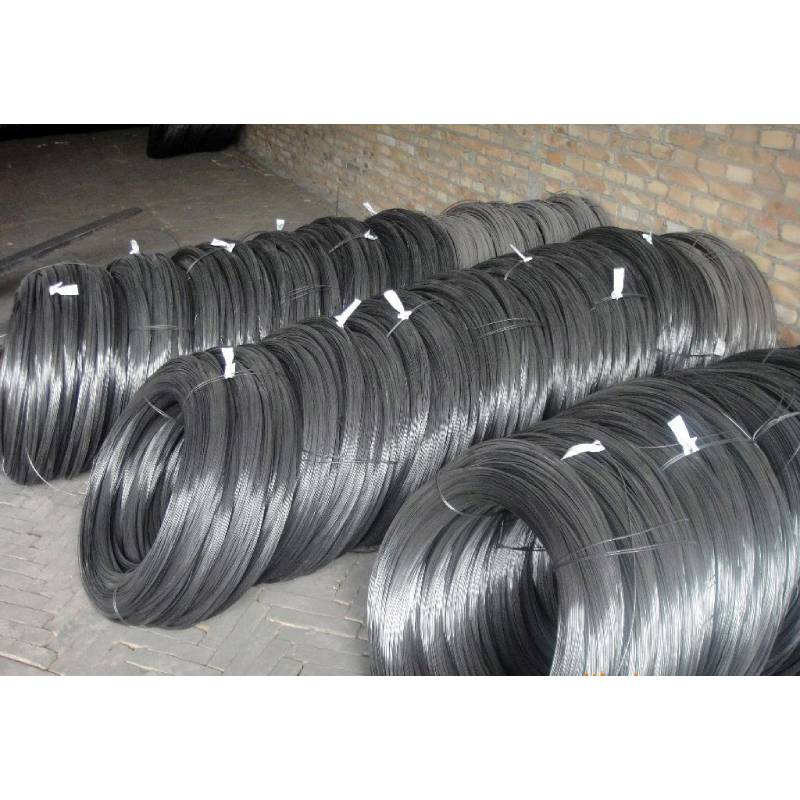
- Mobile Phone
- +8613931874955
- sales@cntcmetal.com
High-Quality Masonry Veneer Ties for Secure Wall Construction
Understanding Masonry Veneer Ties A Key Component in Construction
Masonry veneer ties, also known as veneer anchors, play a crucial role in the construction of buildings that feature brick or stone veneer. These components help to ensure the structural integrity and aesthetic appeal of the facade while contributing to the overall durability of the structure. Understanding how masonry veneer ties function and their importance in the construction process can provide valuable insights for builders, architects, and homeowners alike.
At its core, a masonry veneer is a non-structural layer of brick, stone, or ceramic installed over a building's outer wall. This veneer enhances the aesthetic appeal of the building while also providing insulation and protection from the elements. However, without proper support, this outer layer can become detached or unstable, posing risks such as water infiltration, air leaks, and even structural failures. This is where masonry veneer ties come into play.
Masonry veneer ties are typically made from materials like stainless steel, galvanized steel, or polymer. Their primary purpose is to anchor the veneer to the structural wall, providing a secure attachment that allows for movement and expansion due to temperature changes and other environmental factors. These ties are installed at regular intervals, ensuring that the veneer remains aligned and effectively supported throughout the lifetime of the building.
masonry veneer ties

The installation of veneer ties is essential for several reasons. Firstly, they contribute to the building's overall stability. By securing the veneer to the frame, these ties prevent the veneer from bowing, cracking, or becoming dislodged. This is particularly important in areas prone to high winds or seismic activity. Additionally, the ties allow for air circulation behind the veneer, reducing moisture buildup that can lead to mold and decay, thus enhancing the energy efficiency and longevity of the structure.
Moreover, building codes often dictate the specifications for masonry veneer ties, including the required spacing and materials. Adhering to these codes is crucial for ensuring safety and compliance. Builders must conduct proper planning and inspection during installation to avoid potential pitfalls, such as improper tie placement, which could lead to veneer failure.
As construction technology advances, so do the designs and materials used for masonry veneer ties. Innovations in corrosion-resistant materials and improved tie designs have emerged to enhance the performance and lifespan of these critical components. Furthermore, the growing emphasis on sustainable construction practices is also influencing the development of eco-friendly alternatives that minimize environmental impact, making the construction process more sustainable.
In summary, masonry veneer ties are essential elements that contribute significantly to the structural integrity and durability of buildings featuring masonry veneers. Their proper installation not only ensures the safety and stability of the structure but also enhances its aesthetic value. As the construction industry evolves, continuous improvements in materials and design will further optimize the performance of these ties, ensuring that they meet the challenges of modern architectural demands while adhering to safety and environmental standards. Understanding the importance of masonry veneer ties paves the way for better construction practices and more resilient buildings in the future.
share:
-
Your Source for Concrete Wall Ties and Masonry AccessoriesNewsJul.10,2025
-
Unlocking the Power of Iron Wire for Every ProjectNewsJul.10,2025
-
Explore Advanced Chain Wire and Stainless Steel Mesh FencingNewsJul.10,2025
-
Discover the Benefits of Annealed Wire ProductsNewsJul.10,2025
-
Discover China Stainless Steel Wire Mesh SolutionsNewsJul.10,2025
-
Build with Confidence Using High-Performance Masonry AccessoriesNewsJul.10,2025
-
Why Sacrificial Formwork Is Redefining Underground ConstructionNewsJun.06,2025



















